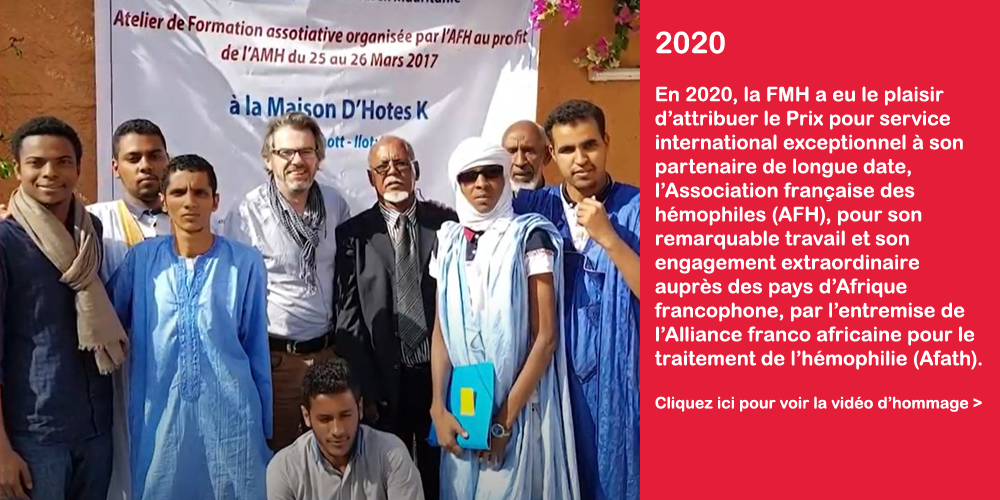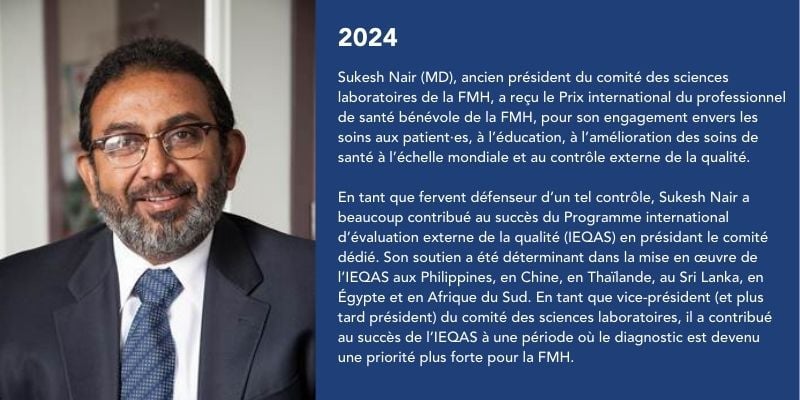Un examen rigoureux de ces lignes directrices a été mené par une équipe de 49 parties prenantes du domaine – expert·es de l’hémophilie, chercheurs et chercheuses, médecins, patient·es et défenseur·es des patient·es, qui représentent un grand nombre d’organisations du monde entier, notamment l’AICE, l’AHAD-AP, l’AHCDC, l’ATHN, le CLAHT, l’EHC, la Fédération mondiale de l’hémophilie (FMH), le CRH français et la MHEMO, le HTCCNC, la NBDF, le PEDNET et la UKHCDO. L’analyse critique qui en résulte, intitulée « The International Society on Thrombosis and Haemostasis Clinical Practice Guideline for treatment of congenital haemophilia – a critical appraisal », publiée dans la revue Haemophilia, souligne les défauts du document de l’ISTH qui pourraient affecter les résultats de santé des personnes atteintes d’hémophilie dans le monde.
Voici un résumé en termes simples de « The International Society on Thrombosis and Haemostasis Clinical Practice Guideline for treatment of congenital haemophilia – a critical appraisal ». Pour lire la version intégrale (en anglais), cliquez ici.
The International Society on Thrombosis and Haemostasis (ISTH) recently released new guidelines for the treatment of hemophilia, addressing the effectiveness and roles of various hemostatic agents for patients with or without inhibitors. These recommendations were developed using a methodology known as GRADE, which, in its most strict application, considers only observations from randomized clinical trials as valid, where patients are randomly assigned to two treatments for comparison.
The stringent application of this strategy resulted in 13 recommendations with significant practical implications. For example, these guidelines suggest that:
-
-
- Prophylaxis should be reserved for patients with severe or moderately severe hemophilia (< 2% factor levels).
- Various clotting treatments—including recombinant, short or long half-life agents, as well as non-replacement subcutaneous therapies—are considered equivalent.
- Low-dose prophylaxis is viewed as an acceptable option when resources are limited.
- The use of plasma-derived FVIII concentrates is favored to start treatment to reduce the risk of inhibitor development.
- Emicizumab is mentioned only as a potential prophylactic option for hemophilia A patients with inhibitors.
-
However, extensive data from observational clinical studies, registries, and the global clinical experience with various hemophilia treatments challenge these guidelines, which are based on an analysis deemed unsuitable for the full scope of available scientific evidence. This article, authored by numerous experts, highlights the weaknesses and inadequacies of this approach. Its primary aim is to remind the community that guidelines should also enable and motivate all relevant stakeholders to advocate for broader access to a diverse range of treatments and improve the health outcomes for individuals with hemophilia worldwide by incorporating all available scientific data and patients’ perspective.
Pour lire l’article « The International Society on Thrombosis and Haemostasis Clinical Practice Guideline for treatment of congenital haemophilia – a critical appraisal », cliquez ici. Pour lire la 3e édition des Lignes directrices de la FMH pour la prise en charge de l’hémophilie, cliquez ici.













